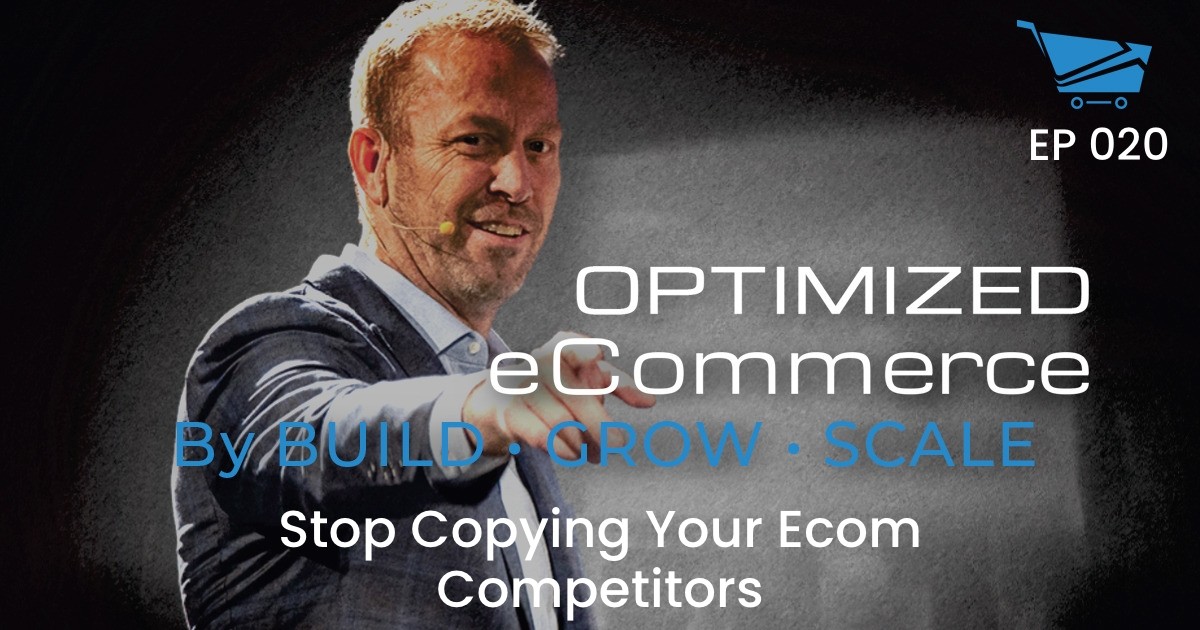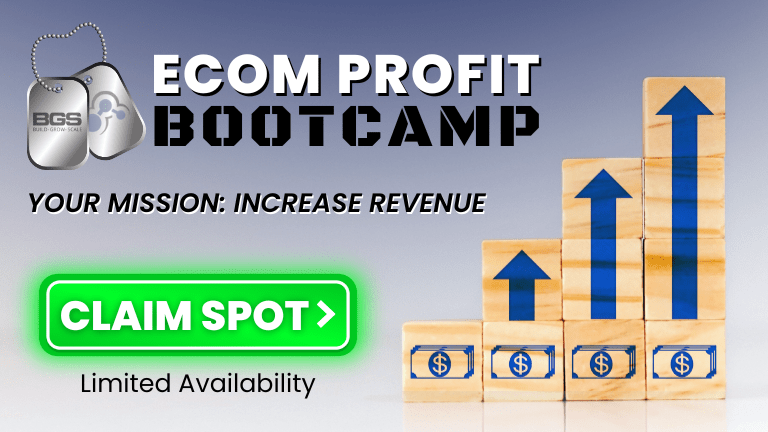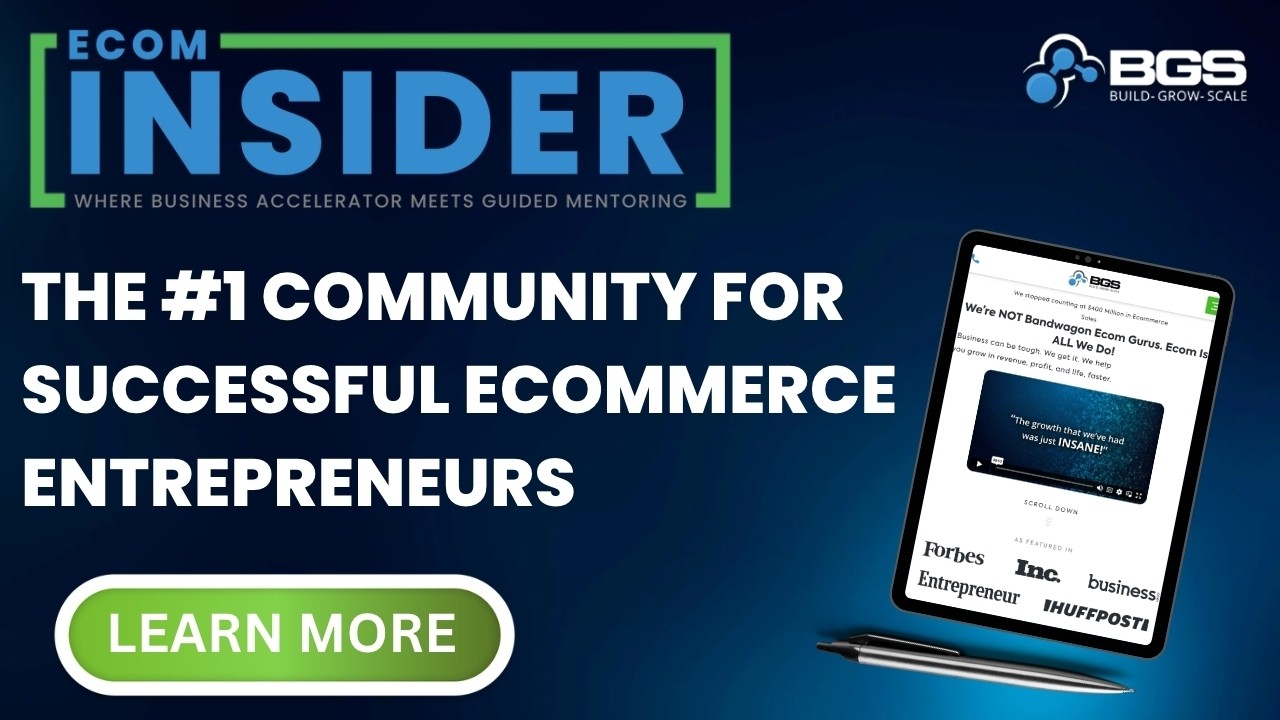Optimized Ecommerce EP 020 – Stop Copying Your Ecom Competitors

Welcome to Episode 020 of Optimized Ecommerce — Stop Copying Your Ecom Competitors. I am your host, Tanner Larsson, CEO of BGS.
BGS means Build Grow Scale! It is a community that we founded where eCommerce entrepreneurs and physical product sellers come to learn how to take their businesses to the next level.
Today, I will be talking with Eric Kwoka. He is one of our expat and full-time Revenue Optimizations Experts. Eric is also one of our most prolific writers on the BGS blog and some of our other content platforms.
Here’s just a taste of what we talked about today:
Get to know a little more about Eric Kwoka and what he does at BGS
Eric’s forte is pointing out the potential problem areas on a client’s site. He also develops content for Ecom Insider members.
Being in charge of store audit, Eric looks at hundreds of stores in every conceivable niche and industry. On top of that, he is the most dedicated to continuing education in the Revenue Optimization Space.
Eric is just a beast at site auditing and because he is a walking encyclopedia of knowledge, we find ourselves asking for his advice on the current best practices and what is working.
Why is there a need to talk about competitor stores and their designs?
When your average store owner is at a loss on what to do next, they may start looking at other sites which, sometimes, can be beneficial in a certain way.
But usually, your average store owner simply snags features that look like the cool new thing. Some of our amplified partners even approach us with news of what their competitors are doing and asking for those features to be applied to their stores.
Just because a bigger site is doing something new does not necessarily mean that they have any testing to back up why they are doing something new.
The biggest elephant in the room: Amazon
Amazon has business models that average stores absolutely cannot be replicated. They are simply massive. So much money flows through them that they can make money off of selling things that they have not even paid for yet.
It becomes very complicated from a business sense — something that an average store cannot do.
Amazon can essentially lose money on every sale and still make it back. Overall, Amazon’s profits are extremely low. So, copying them may not always be the best strategy.
We also discussed a few other fun topics, including:
- You would think that copying what big store owners do works. After all, these huge stores are successful. Of course, whatever they do works. WRONG. We dive deeper as to why your average store owner must avoid copying their competitors and some examples of features that get copied from big stores that end up performing poorly.
- There is always the right time to do something. After talking at length about why average store owners should not copy their competitors, we move on to discuss the correct way to do competitor research. An entire section about competitor research is written in my book, Ecommerce Evolved. When the time is right to look at your competitors and the things they do on their site, what are some of the things to be gained?
- Remember that all sites are contextual. Each one is different — even if they share the same market or niche.
And a lot more! But you’ll have to watch or listen to the episode to hear about those!
How To Stay Connected With Eric Kwoka
Want to stay connected with Eric? Please check out his social profiles below.
- Website: https://buildgrowscale.com/author/eric/
- LinkedIn: https://www.linkedin.com/in/thekwoka/
Resources
Also, Tanner mentioned his book, Ecommerce Evolved, on the show. You can find that on:
- FREE BOOK! Ecommerce Evolved




